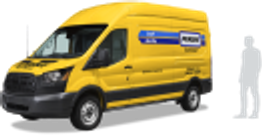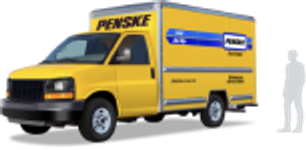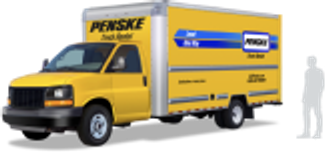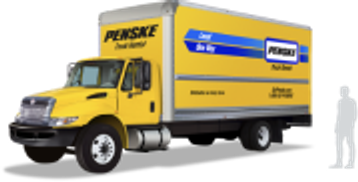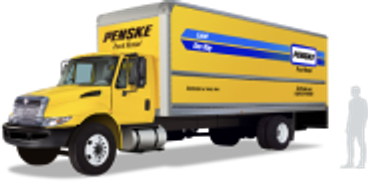Navigating College Move-In Day: Boston
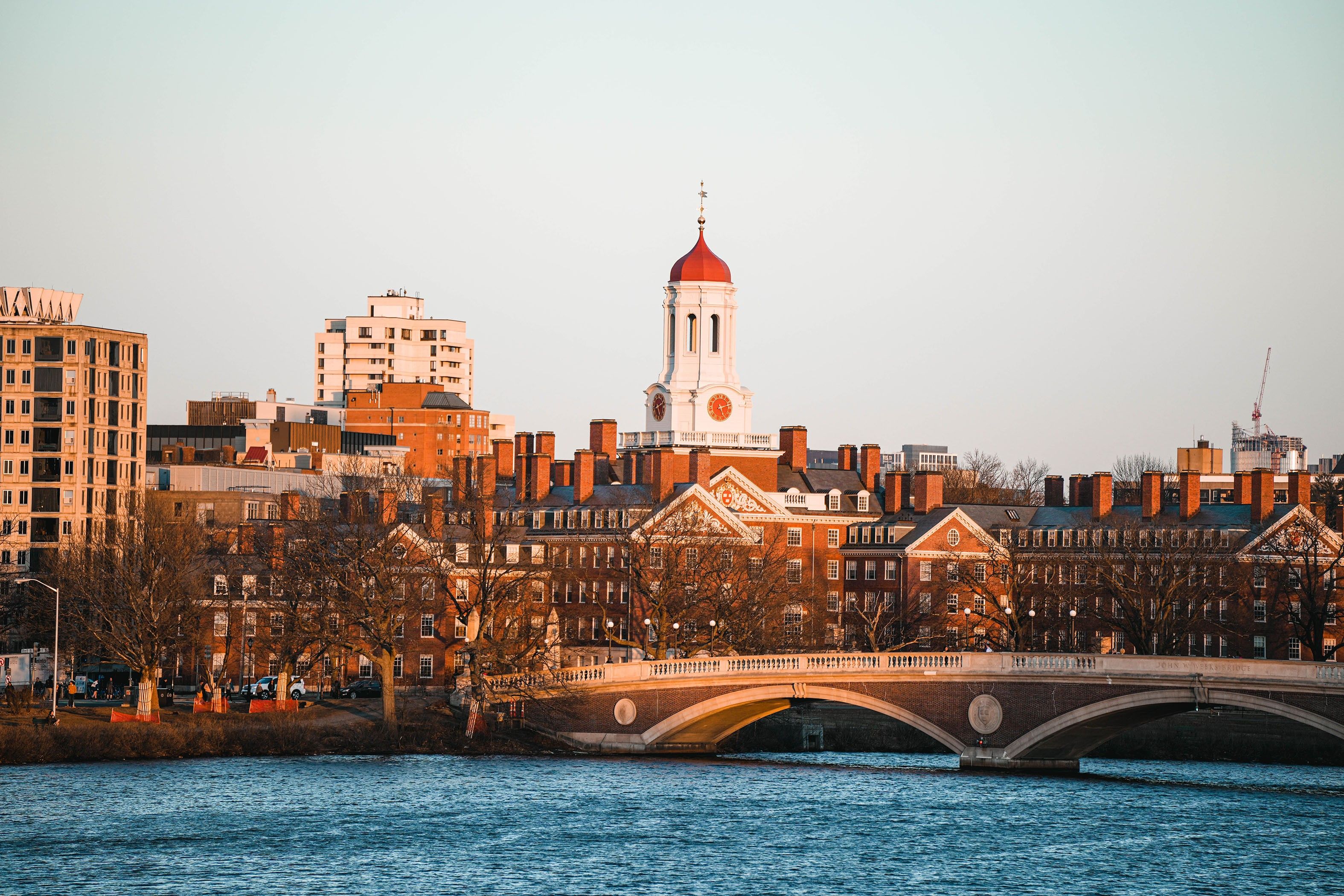
Moving to college is exciting, but driving a moving truck through Boston can test even the most patient parents and students. Between narrow streets, unpredictable traffic and low-clearance parkways, move-in day requires more than just packing up boxes. It also requires a solid plan.
Plan Ahead Before Move-In Day
Boston is home to more than 150,000 students across dozens of colleges and universities. Each late August through early September, thousands of them move in around the same time. Streets clog up quickly, parking spaces disappear and even finding a place to unload can be hard.
The best way to reduce stress is to prepare ahead of time, which means: reserve your moving truck early, apply for parking permits if needed, and learn Boston’s truck restrictions before you arrive.
Know Your Truck’s Height and Avoid “Storrowing”
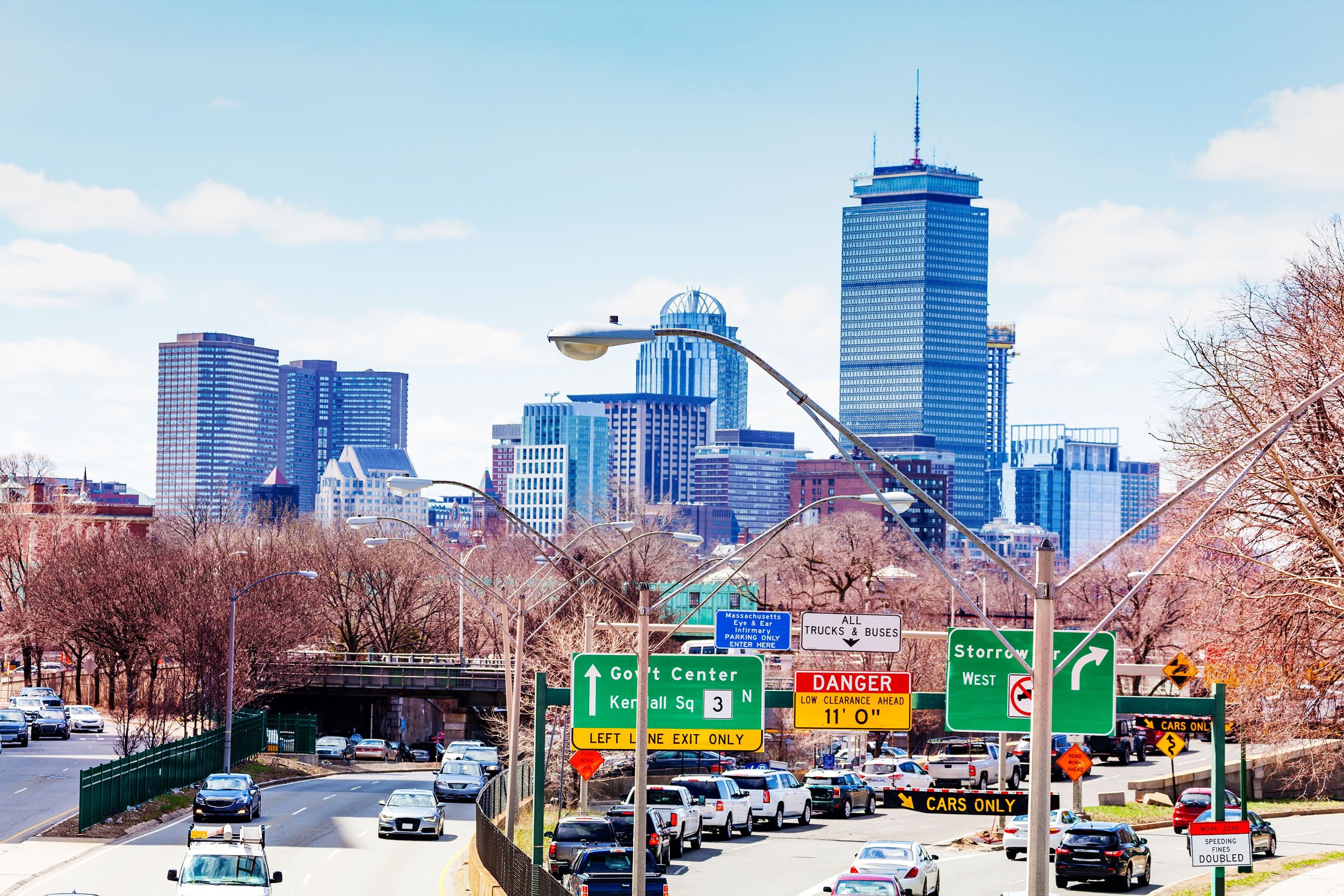
One of the biggest mistakes new arrivals make is driving a moving truck onto Boston’s low-clearance parkways. Storrow Drive, Soldiers Field Road and Memorial Drive are all “cars only” roads, with bridges as low as nine feet. Most box trucks exceed that height, and each year several get stuck or damaged. It’s a phenomenon locals call “Storrowing” or “getting Storrowed.”
The state has ramped up “cars only” signage, but navigation apps like Google Maps or Waze often still route drivers onto these roads because they don’t factor in truck size. Before moving day, confirm your moving truck clearance height (most are 10–12 feet), and plan an alternate route on highways like I‑90, I‑93 and Route 128. Research GPS apps aimed at driving trucks like SmartTruckRoute, Sygic Truck Navigation and Copilot Truck, all of which offer free trial periods.
Tight Turns, Narrow Streets and Historic Neighborhoods
Even once you’re off the parkways, Boston’s historic neighborhoods can be a challenge. Streets in the North End, Beacon Hill and Back Bay are famously narrow, with sharp turns and limited visibility. Approach slowly, expect frequent one-way roads, and if possible, have someone outside the truck help guide you through tight corners.
For smoother navigation:
- Avoid peak traffic times (early morning or late evening can be quieter).
- Use major roads like Commonwealth Avenue or Beacon Street for east‑west travel.
- If your dorm or apartment sits on a small side street, plan for extra walking distance between your truck and your destination.
Parking and Permits
If you arrive and find your reserved spot taken, the city recommends calling the Boston Police Department non‑emergency line at 617‑343‑4911. For other move-in issues, dial 311 for city services.
Quick Reference: Boston Move-In Basics
- Trucks taller than 10 feet should avoid Storrow Drive, Soldiers Field Road and Memorial Drive entirely.
- The default speed limit in Boston is 25 mph unless otherwise posted.
- Call 311 for non-emergency help, like reporting blocked streets or downed signs.
College move-in season in Boston is unlike anywhere else, but it doesn’t have to be stressful. By knowing your truck’s height, avoiding restricted roads, reserving parking in advance and following campus guidelines, you’ll spend less time stressed in traffic and more time enjoying the start of your college adventure in an amazing city.
Looking for more information on Boston or getting ready for college? Check out 10 Things To Know When You Move to Boston, The Do’s and Don’ts of Packing for College or our Ultimate College Move-In Checklist.
